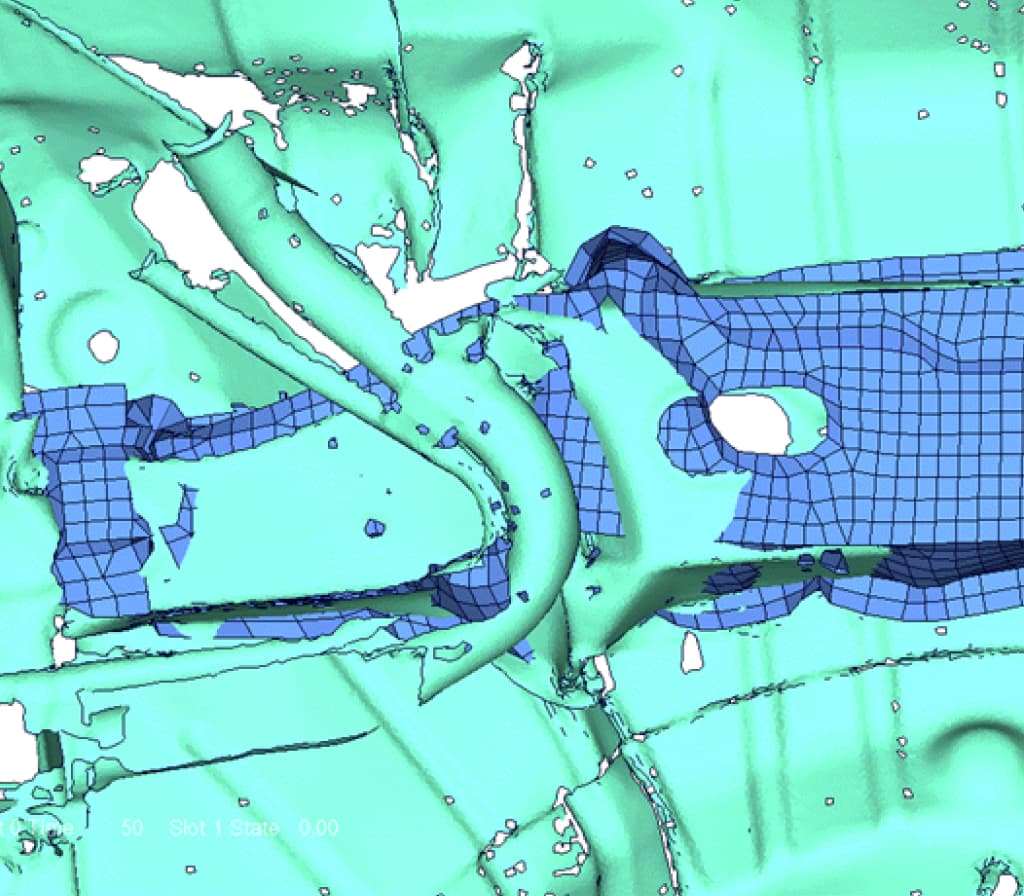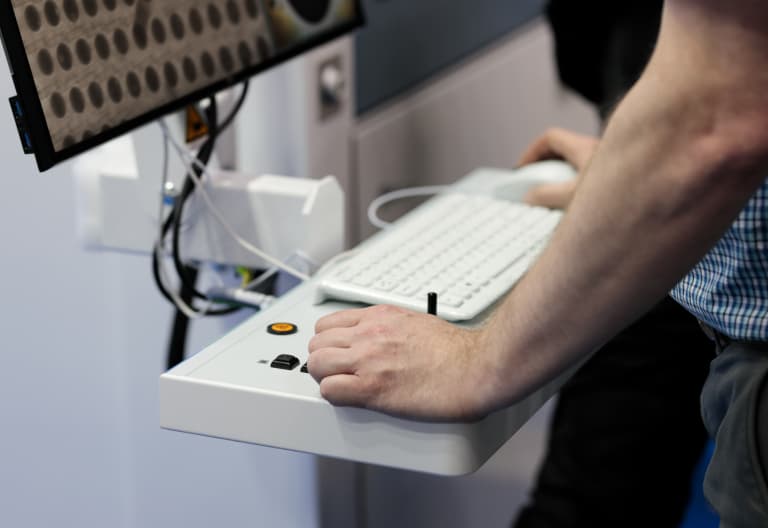3D Capture
To capture geometric data from existing components or environments we use techniques ranging from contact measurement to CT x-ray for internal geometries.



- Home
- CAE Capabilities
- 3D Capture

Laser Scanning
Optical discretisation of geometry
To capture geometric design input for upgrading or repurposing of existing structures or to capture the operational environment of a product.

Large Volume CMM
Large object discretisation of geometry
Often used in quality control but we also use it as an accurate contact based measurement technique for reverse engineering.

Micro CT X-ray of Composites
High Resolution Internal Geometry Capture
This technique allows us to look inside composite materials and study fibre distributions and material imperfections.

Submicro CT X-ray of Materials
Composite structure 3D imaging for strain and damage assessment
This technique allows us to look inside composite materials and study filaments, material imperfections and strains.

Get in touch
We would love to hear about your project, get in touch and let’s explore how the expert team at Simpact can take it from design target specification through to verification.